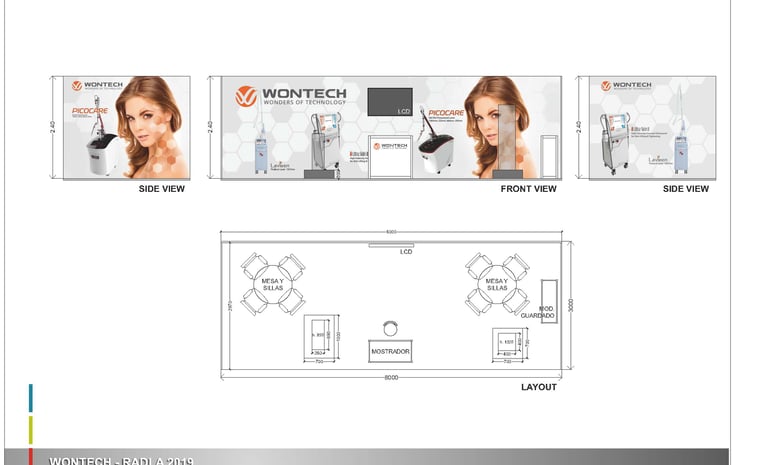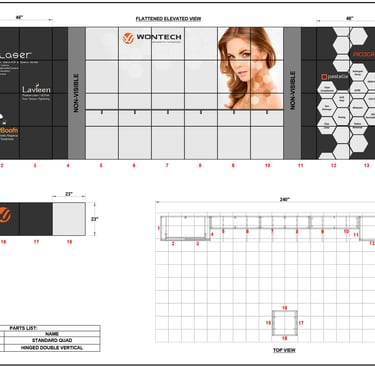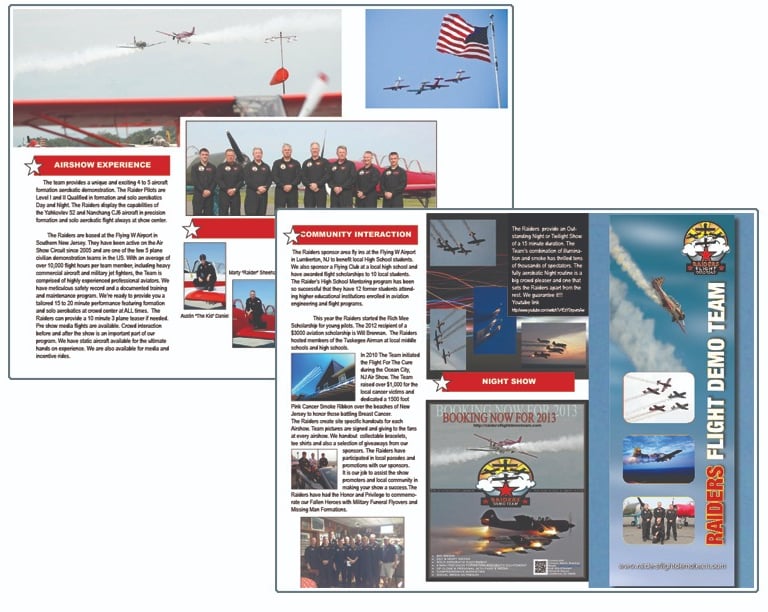PreSENTATION WORKs
So much of my work in this category has been proprietary and can't be shown.
But here are things I can show...
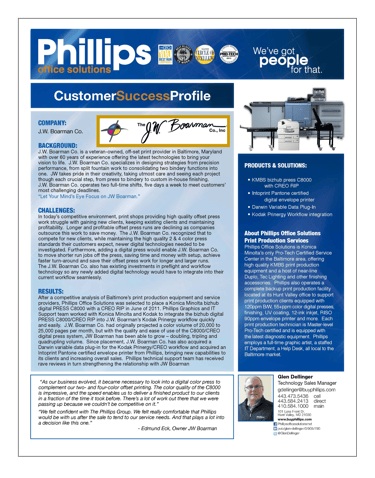





The presentation of how to build a brand shown on my "BRANDING" page
is available via the button below
Another presentation done for fun is my version of
The fable of the Frogs Desire for a King
An older presentation, designed for a presenter
for a training/familiarization session for sales
My skills and experience in presentation form:
My resume in story/presentation form:
Examples of bad presentation slides and how we might fix them:
#1) Data Density without Design Clarity
Too much text – essentially a paragraph with bullet points instead of sentences.
Redundant nesting – bullets within bullets make it unclear what’s most important.
No visual hierarchy – everything’s the same font size and weight, so the key message gets lost.
No visuals or charts – data and relationships are described in words instead of shown.
Typographical errors – “Vaires,” “hanrd,” etc., signal rushed or unpolished communication.
Weak scannability – a slide like this overwhelms instead of reinforcing the speaker’s point.

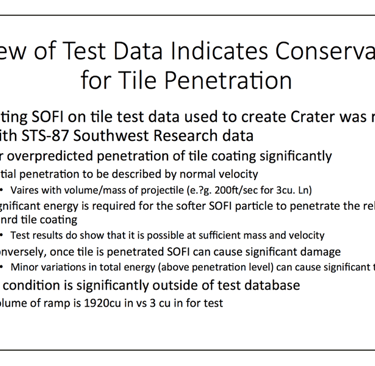
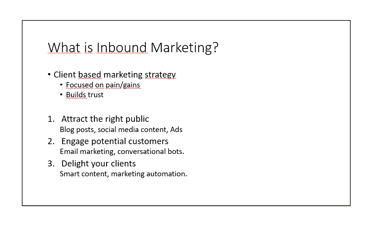

Too many bullets competing for attention (primary bullets + sub-bullets + numbered list).
Redundant structure — you have bullets AND numbers trying to do the same job.
No hierarchy — everything is the same weight, so nothing feels “most important.”
No visual anchor — no icon, illustration, or shape to help the brain categorize information.
No whitespace strategy — everything sits in one column of text, creating a dense block.
Underlines create visual noise — especially when they’re not links.
Not scannable — your eyes don’t know where to land.
NOT ALL PRESENTATIONS
ARE DIGITAL
A Solution:
Simplification has Power
It Makes the Message Clearer
The Solution:
Simplification to create clarity
And there's often more than one solution...
#2) Bullet Points Shoot Down the Message
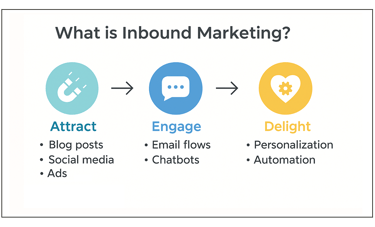



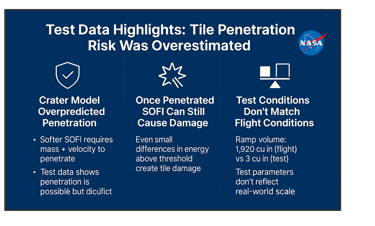

#3) When Fruit Goes Bad
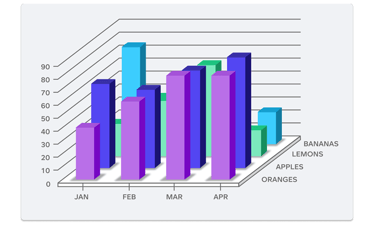

3D bars distort values — hard to compare, unclear true heights.
Overlapping bars cause visual clutter and hide data.
Too many colors with no legend; color meanings unclear.
Tilted perspective makes the axis labels and bars harder to read.
Category labels placed far from data, increasing cognitive load.
Unnecessary gridlines and depth lines create noise.
No clear title or takeaway, so the viewer must decode the chart.
A Solution:
Simplification is Still the Key...
...and Sometimes Audience Dependent
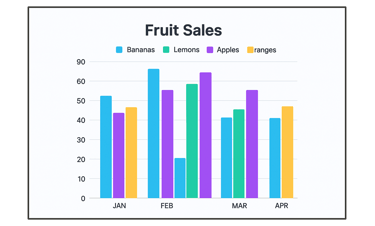


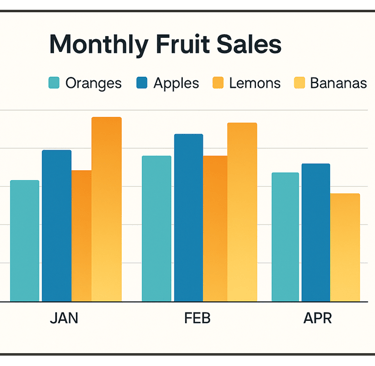
Generic
Exec
#4) Visual Hierarchy
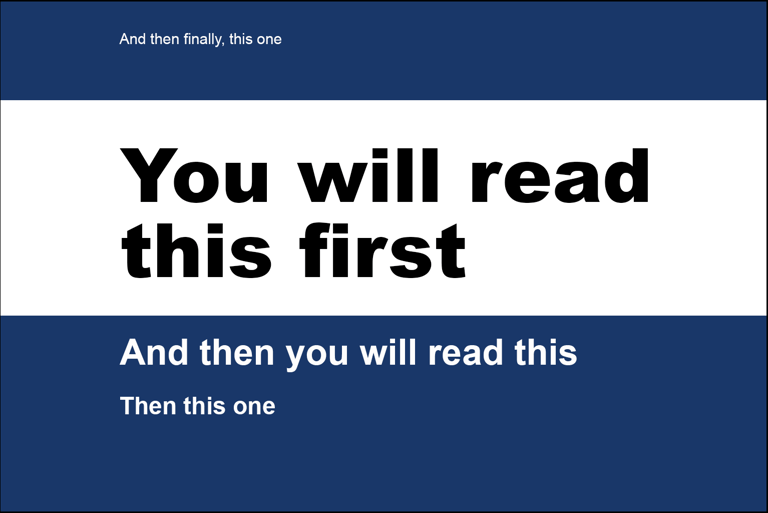

"Your eyes follow the rules, whether the text follows them or not.

